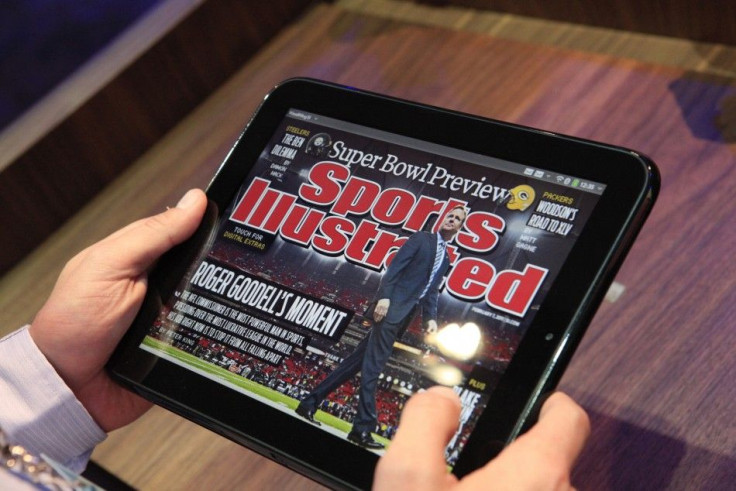Why You Should Avoid the HP TouchPad (Even at $99)
ANALYSIS

HP is reinventing itself, shedding its PC division and the division responsible for its TouchPad tablet -- the would-be iPad contender -- but that means it can now be yours for $99. So should you run out and get one?
Unless you have money to burn, or a hard-core enthusiast, or an avid tech-collector, this might be one fire sale to miss.
It's not that there aren't things to love.
The WebOS operating system could be the best mobile operating system of any device -- whether from Apple, Google or Microsoft. It's as intuitive and sleek as any iPad device, but offers the power and flexibility you would expect from Android or Windows Mobile.
That means it will make for a strong standalone product -- something you wouldn't get with RIM's Playbook, for instance, which has no e-mail reader and needs a Blackberry for mobile Internet.
The TouchPad does all the basics you need out of the box -- e-mails, multimedia playback, and a strong Web experience. It even offers true multitasking, a distinct advantage over the iOS.
But the allure of competitors is going to be the experience beyond the operating system, and this is where the TouchPad won't deliver.
The webOS ecosystem is one of the least developed of all the major rivals. This means users will be stuck with what comes out of the box. Apps are few, and far in between, and with HP dropping support, it most likely will never get support.
You can blame Palm, the defunct father of webOS, and HP for this. The companies tried but never could really embrace the developer community the way Google and Apple has.
You can also blame simple market dynamics. While a great operating system, the first Palm devices to run webOS were poorly marketed and woefully underpowered, tarnishing their reputations from the gate. Despite any company's poor efforts to embrace developers, critical mass would have sent developers knocking anyway.
Unfortunately, webOS had neither.
To imagine what owning a TouchPad would be like, consider Microsoft Windows 7. It's a good, solid performer, with a number of built in features that makes it useful when you first fire it up.
But this isn't the rich Windows ecosystem that propelled Microsoft to become the largest software company on the planet, and enrich some of the world's most wealthiest men. This is an ecosystem void of any apps. This is a world not powered by the ingenuity of tens-of-thousands of companies and developers the world over, but only by Bill Gates.
Imagine you could never install anything onto Windows -- no Microsoft Office, no Firefox, no iTunes. Your browsing would be limited to Internet Explorer; your artistic dabbling's would take shape in Notepad and Paint. As dire as this seems, this is the reality for the TouchPad. It would get old very fast.
The TouchPad hardware is also quite limiting. It has the basic specs: The 9.7 inch Touchpad, which comes along with a 1,024 x 768 pixel display, a Qualcomm Snapdragon dual-core 1.2GHz processor and 1.3 megapixel camera.
But despite good specs, remember webOS is a cutting edge operating system. Even on this hardware it feels sluggish, and that's a shame. It would have needed at least one more upgrade before it was on par with the iPad 2 as far as a smooth user experience.
The price does make it significantly less than any other decent tablet on the market now, however. So if you aren't concerned about the best performance and expandability, and you have money to burn, go for it. If anything it would be a piece of tech history.
But if not, you would be better served saving up for a rival iPad or maybe a Samsung Galaxy S2.
© Copyright IBTimes 2025. All rights reserved.




















